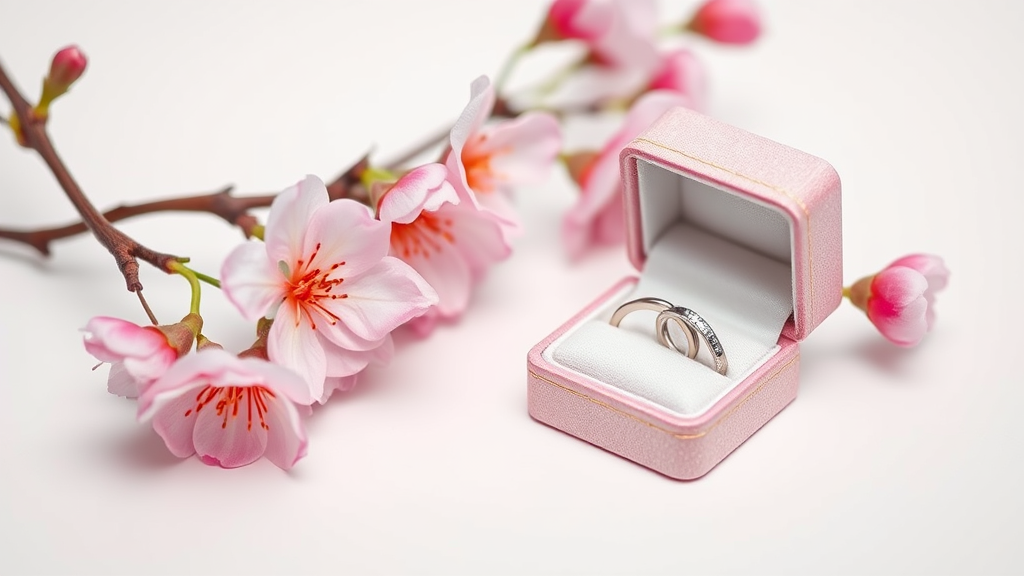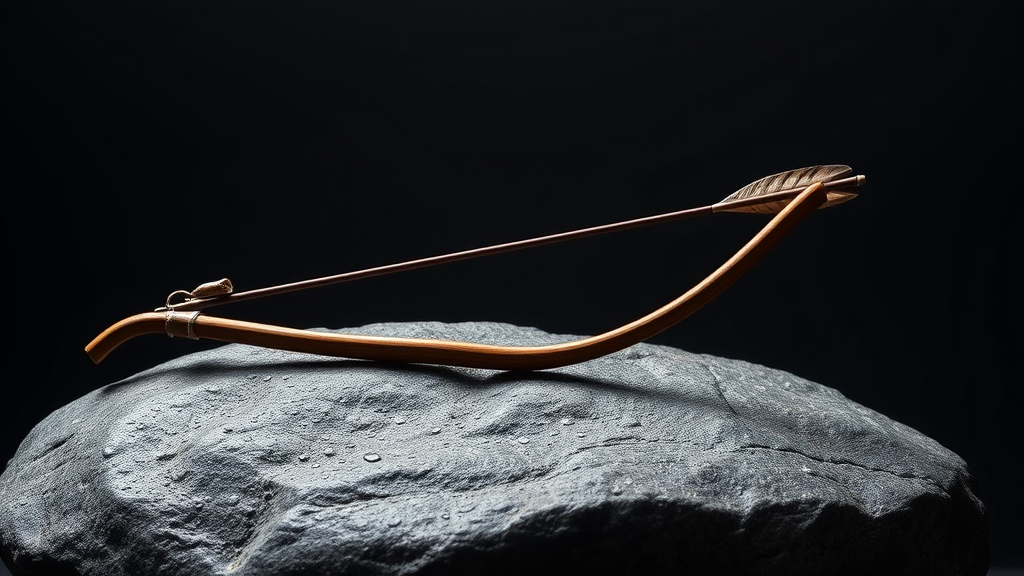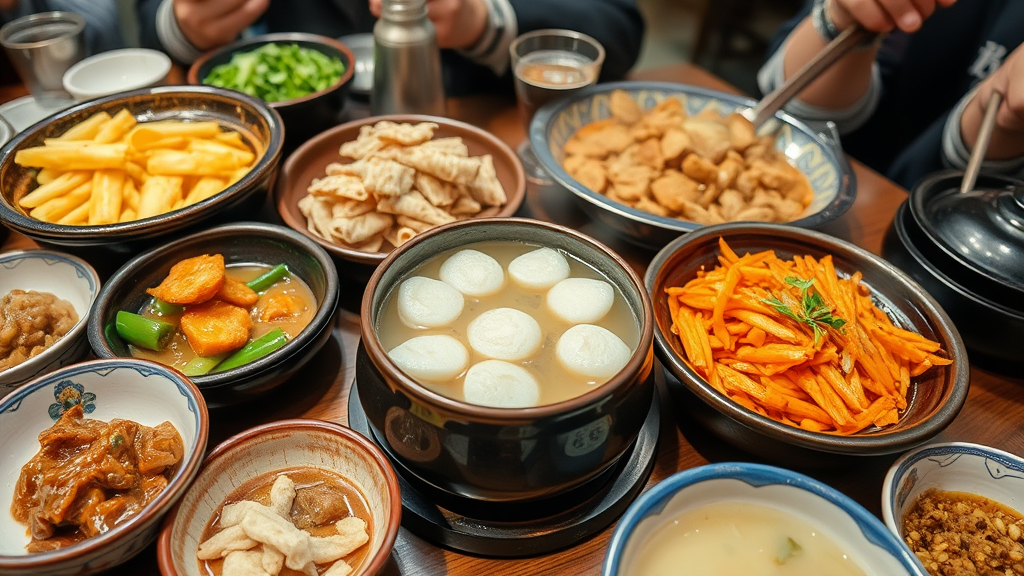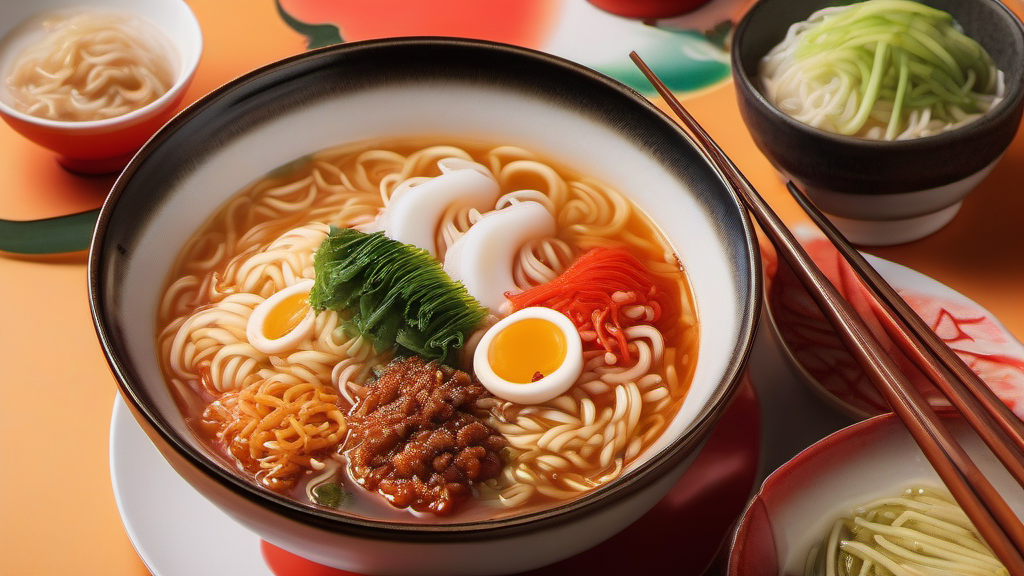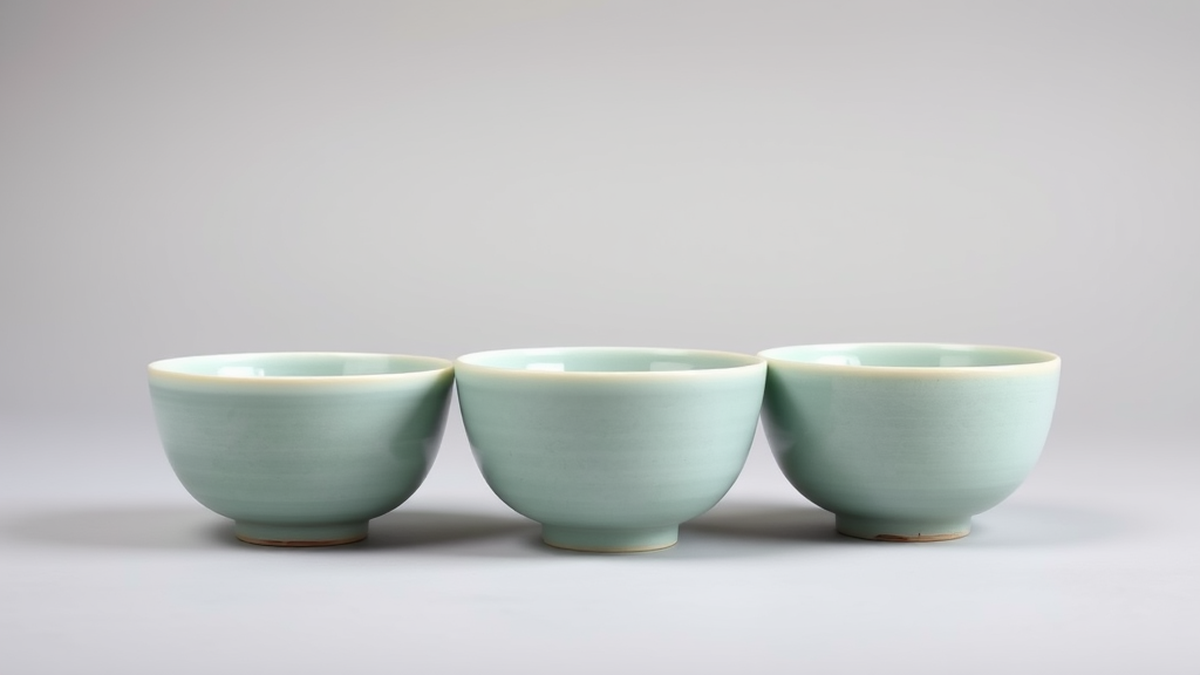Korean Mukbang Culture: From Loneliness to Global Community
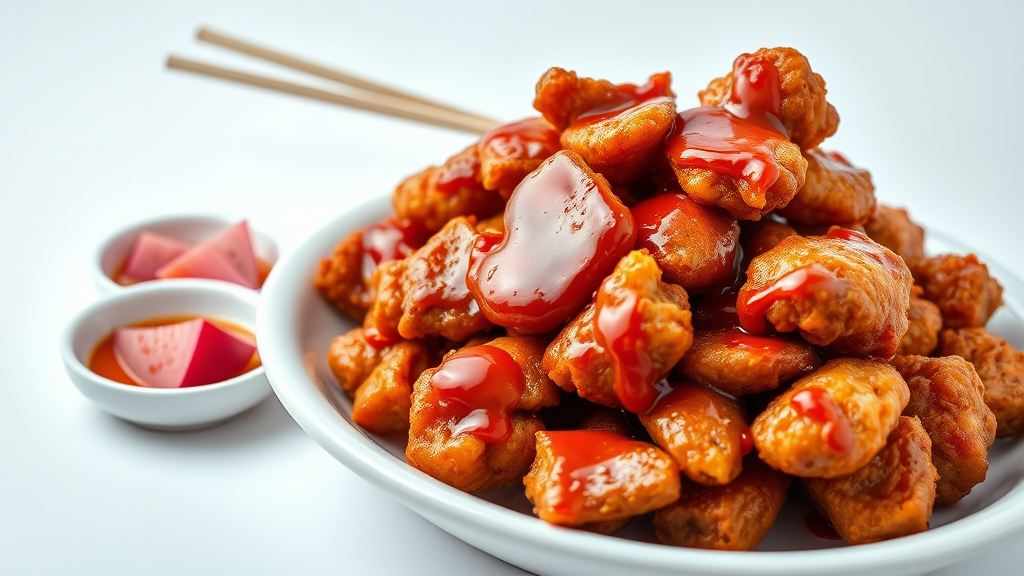
The Digital Dinner Table: How Korean Mukbang Culture Feeds Our Need for Connection
Picture this: You’re settling down for a meal, maybe after a long day. But instead of the quiet hum of your own dining room, you hear the satisfying slurp of noodles, the crisp crunch of fried chicken, and the cheerful chatter of someone eating right alongside you – albeit through a screen. Welcome to the captivating world of Korean Mukbang Culture (먹방 문화), a phenomenon that has transcended its Korean origins to become a global digital dining experience. More than just watching someone eat, mukbang has evolved into a unique form of digital companionship, reflecting and reshaping our understanding of loneliness, community, and the simple act of sharing a meal in the modern age.

